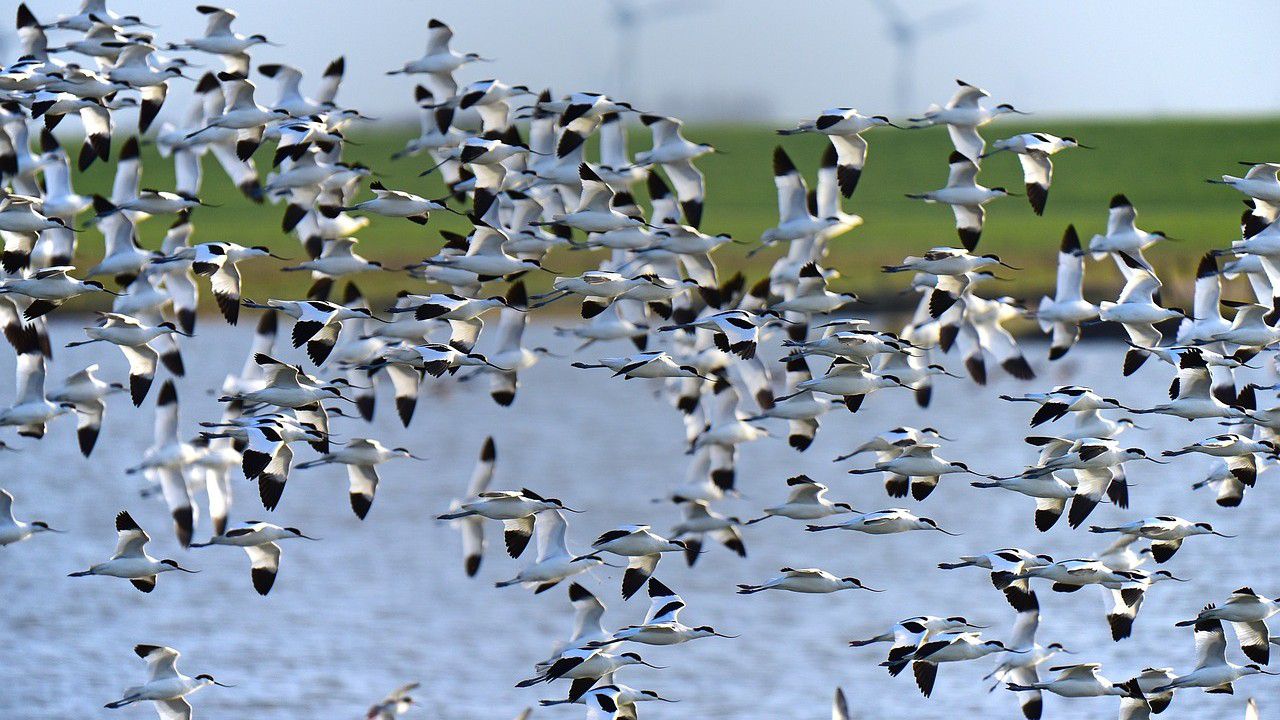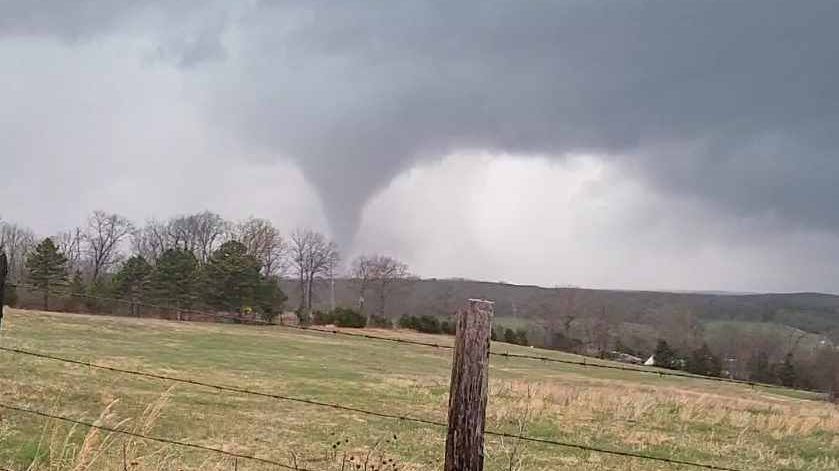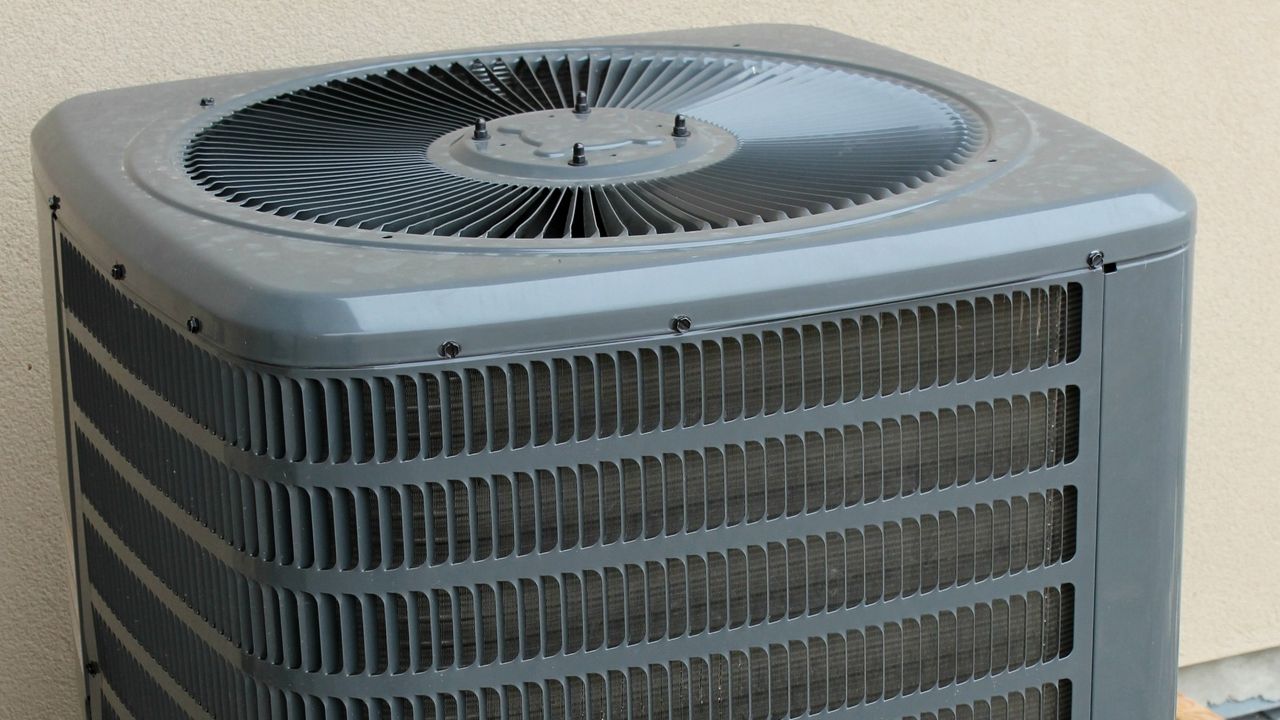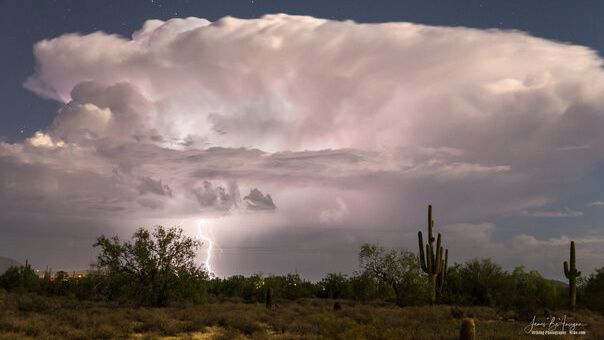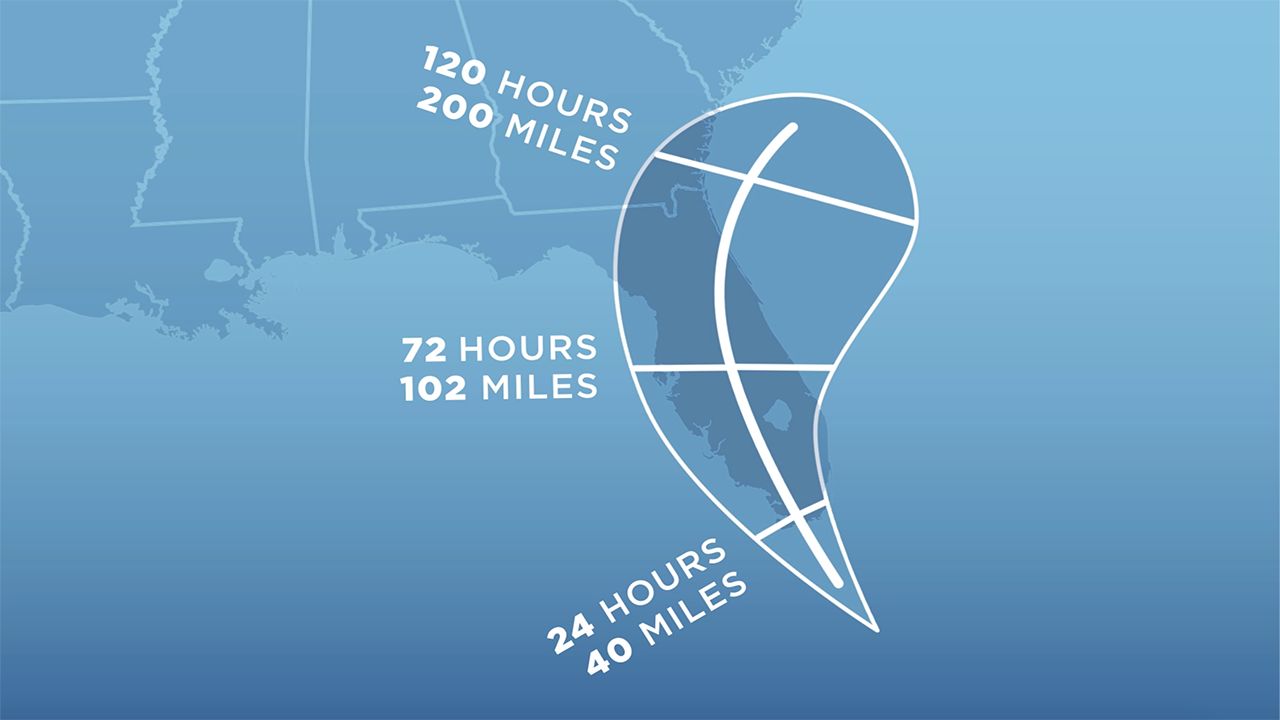Artificial intelligence (A.I.) is being used more and more lately and now it’s being used to forecast bird migration using old weather radar imagery.
Here’s how it works.
Twice a year, in the spring and the fall, there is a massive migration. It’s estimated that over four billion birds take flight over North America.
On a single night, during the peak of migration season, experts say that over 500 million can be on the move. The journey is tough, as the winged warriors cover hundreds to thousands of miles and have to contend with extreme weather, food shortages and light pollution.
Bright, steady lights can confuse birds and cause them to alter their normal migration path, sometimes resulting in death or injury. This is part of the reason the FAA in 2016 required buildings and towers to have blinking lights.
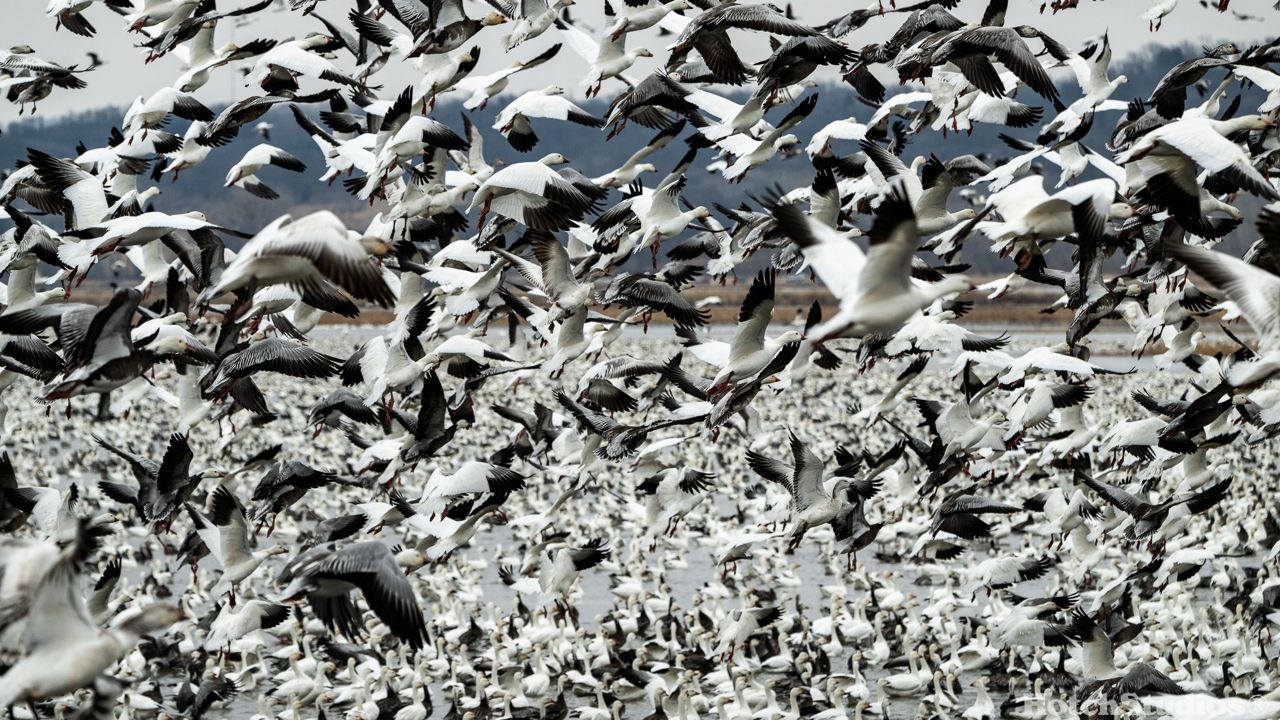
Also, this attraction to light is one reason why New York City’s Central Park is one of the best birding spots on the East Coast. A wide variety of migrating birds are attracted by the bright lights and use the park’s expansive woods as a resting place.
Another example of the impact of light on bird migration is the annual 9/11 tribute in lights. Each September, which is migration season, an enormous array of floodlights are erected near the site of the World Trade Center.
On a clear night, the lights can be seen from over 50 miles away. Quickly, environmentalists noted that many dead or injured birds were appearing near the memorial. The birds were attracted by the lights and would fly around them to the point of exhaustion.
There are now volunteers from the NYC Audubon Society stationed at the flood lights each year. They work in two hours shifts and count the number of birds. If the number of birds gets over 1,000, the lights are turned off for 20 minutes to allow the birds to escape the draw of the display.
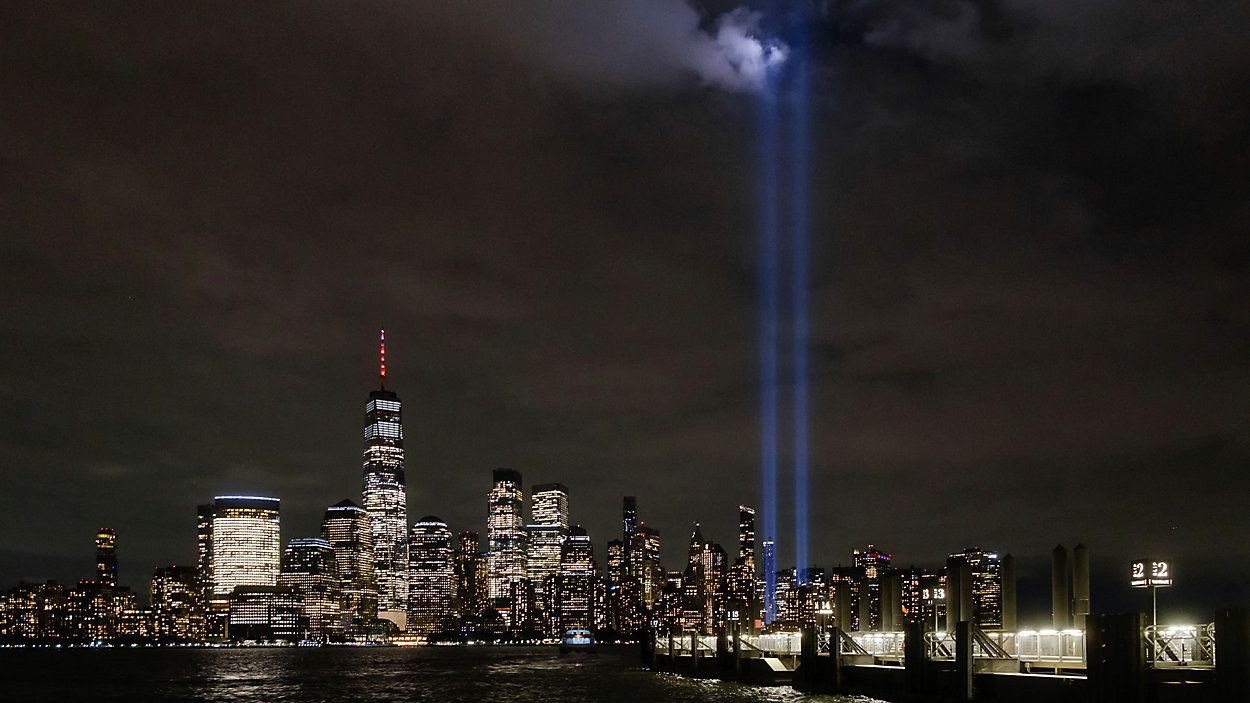
In the past ornithologists, a scientist that studies birds, would track bird migration through banding. They would put a colored plastic or metal bands on bird’s legs and then scientists in other parts of the world would observe the birds and share what species they saw with the bands.
As you can imagine, with the massive number of birds that migrate, banding only captures a small percentage of the population’s movements each spring and fall. Plus, they weren’t able to accurately predict which nights would be see more migration activity, so they can alert local communities to reduce the use of outdoor lights.
In 2018, though, the science of bird migration took a huge leap forward. BirdCast was born.
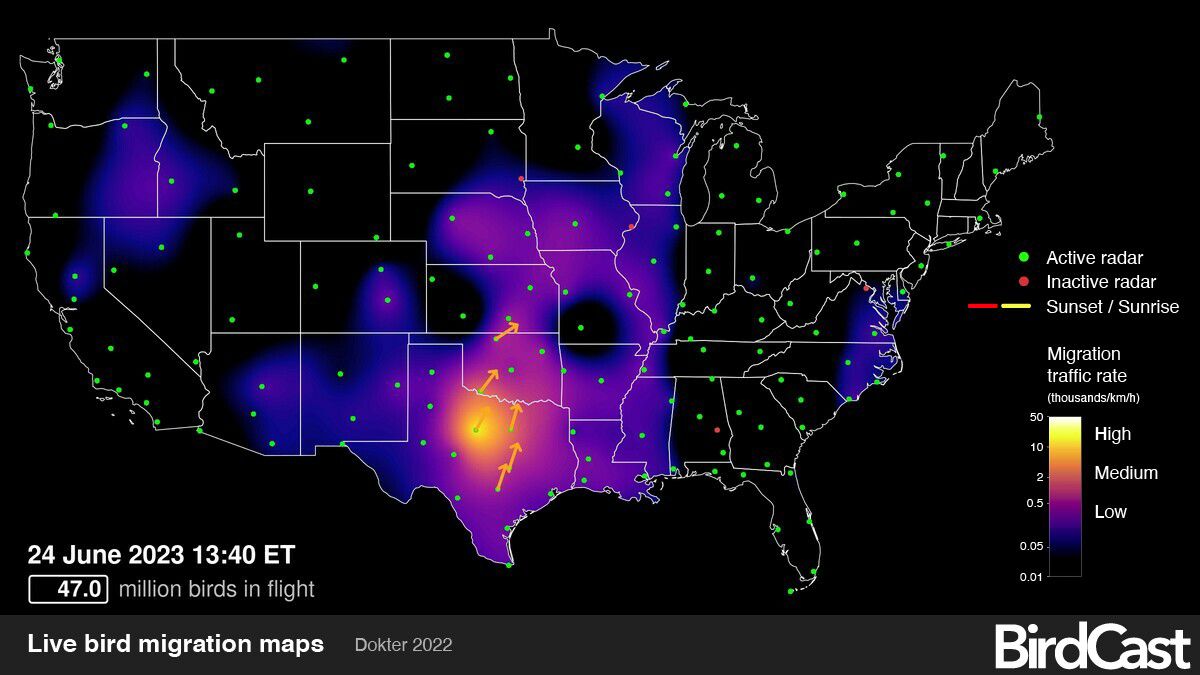
This is a project developed and run by Colorado State University, Cornell Lab or Ornithology and the University of Massachusetts.
Using artificial intelligence, weather and historic weather radar data, BirdCast can predict, up to three days ahead of time, the intensity of bird migration.
Since the 1940s, a weather radar can detect objects like bugs and birds and rain and snow. As weather radar technology improved, the data was saved in a digital form.
Roosting birds create a distinctive signature on radar when they take flight. It looks like a circle on a radar display.
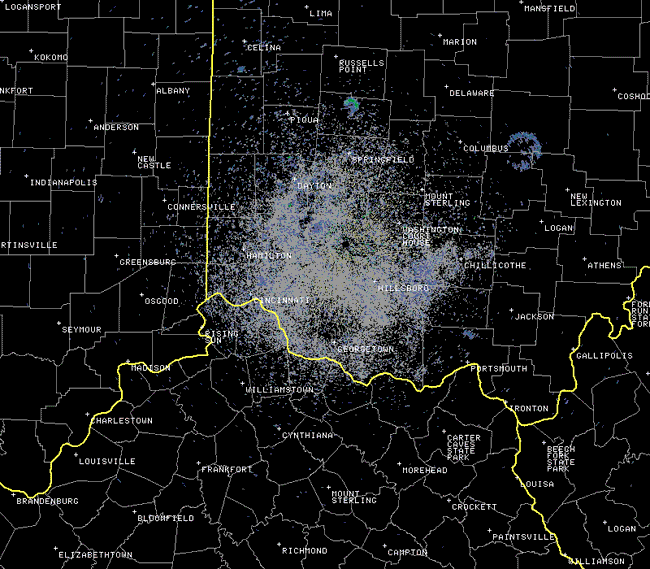
The machines have been taught to filter out this clutter when tracking storms. This same filter is now being used to comb through the historical radar records to create decades of migration records.
Computers were taught what birds look like on radar compared to precipitation. The computer programs then were tasked with going through decades of data, removing the rain and revealing the bird migration data. The findings showed that the number of birds flying on a night was dependent primarily by wind, temperature, barometric pressure and precipitation.
Now that the ornithologists knew the key factors that influenced migration, they now can use this information to forecast future migration.
The next leap experts would like to tackle is to know what type of birds are migrating. The Cornell Lab of Ornithology has created software that can listen to a bird's call and identify the type of bird.
They hope to integrate this technology into BirdCast to provide a more complete picture of one of the world’s largest migrations.
Our team of meteorologists dives deep into the science of weather and breaks down timely weather data and information. To view more weather and climate stories, check out our weather blogs section.




